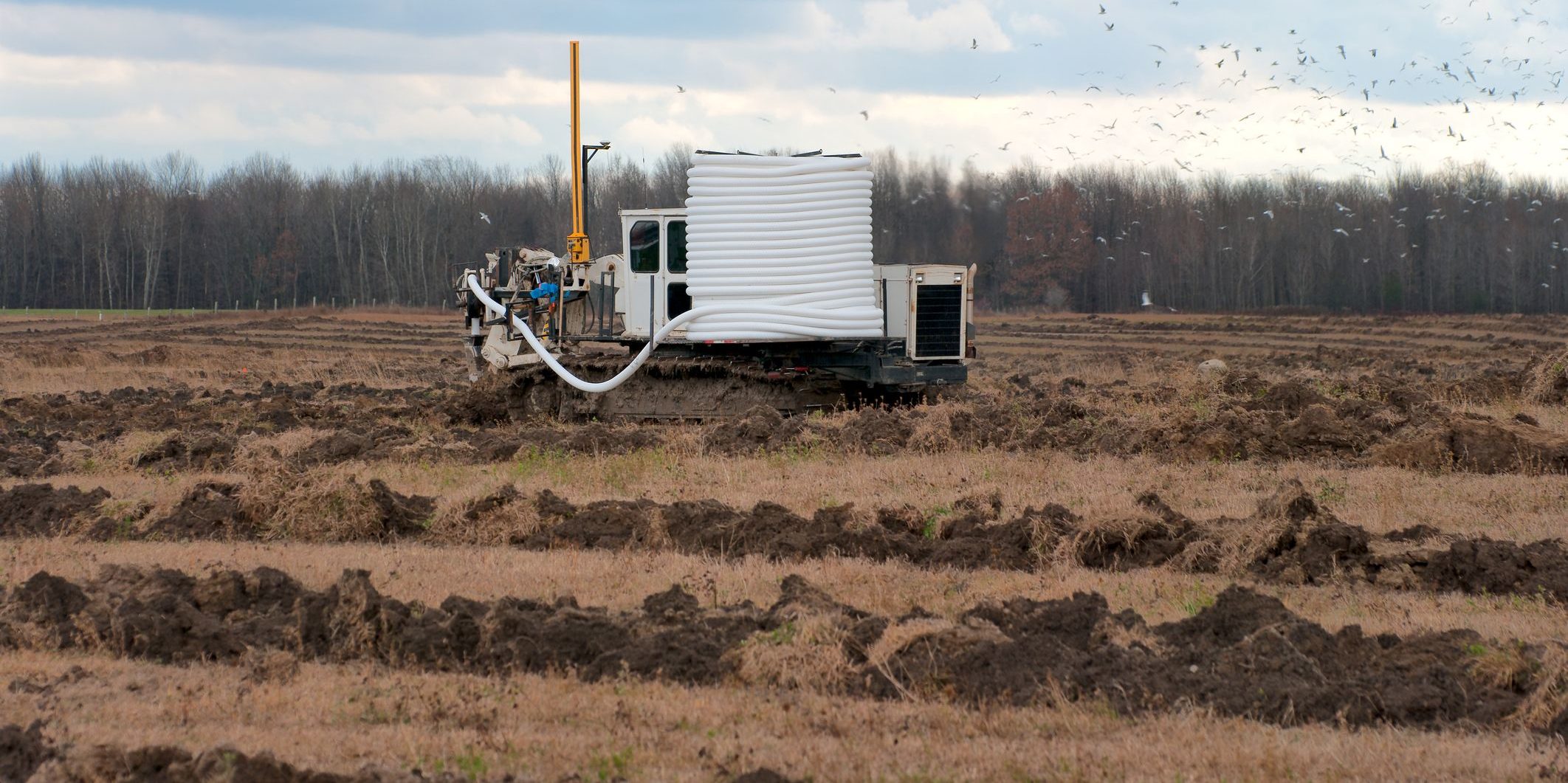The Government of Canada announced yesterday that it will support the development of new tool that can aid Ontario farmers in determining the efficacy of drainage tiles on their land.
The aim of the tool is to mitigate risks that threaten the viability of farms, such as unpredictable weather. The investment is a part of Canada’s ongoing work with the farming sector to explore and develop new risk management tools that meet the needs of farmers that face serious externalities.
Member of Parliament for London North Centre, Peter Fragiskatos, speaking on behalf of Agriculture and Agri-Food Minister, Lawrence MacAulay, at the Ontario Soil and Crop Improvement Association (OSCIA) annual general meeting, announced a federal investment of more than $340,000 to OSCIA for the development of the tool.
“Our government is proud to partner with OSCIA on new tools that will help farmers in Ontario reduce the impact of weather and other risks on agriculture production,” said Fragiskatos. “The goal is to help improve their bottom line and ensure a more stable and profitable agriculture and food industry, creating well-paying jobs and strengthening the middle class.”
The tool will use satellite data gathered from field crops during different weather and soil events that can then demonstrate the potential benefits of managing water flow from fields using tile drainage.
“On farm fields with shallow slopes, scientists have confirmed that in a drought year, holding the water back by restricting the outflow with valves at the end of tile drains, corn yield can be increased by as much as 25 per cent,” said Mark Emiry, president of OSCIA. “Our analysis has confirmed that the economic payback from adoption of controlled tile drainage benefits can range from $18–$48 per hectare per year. In addition, Nitrate-N and Phosphorus output from tiles can also be reduced, calculated to be worth over $25 per hectare in nutrient savings, certainly a win for improved water quality as well.”
A new report from the International Joint Commission (IJC) published earlier this week warned that while drainage tiles are an effective technology, under current best management practices, they still pose phosphorus transmission issues. “Even a small ‘leakage’ of excess [phosphorus] may be sufficient to contribute to algal blooms,” stated the IJC report. As a for instance, it cited a watershed study in the Lake Erie basin that “estimated DRP export via drainage tiles at 1.6 per cent of applied [phosphorus] to the fields.” With the ultimate point that, while an individual drainage tile may have low phosphorus output, basin-wide, the technology still poses a problem as a nonpoint source of nutrient loading.









